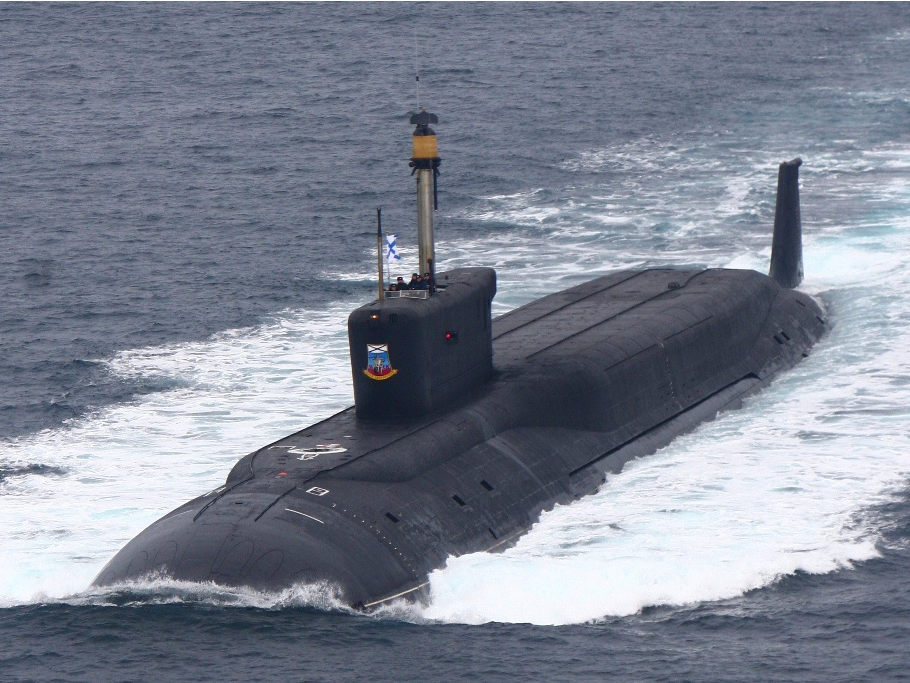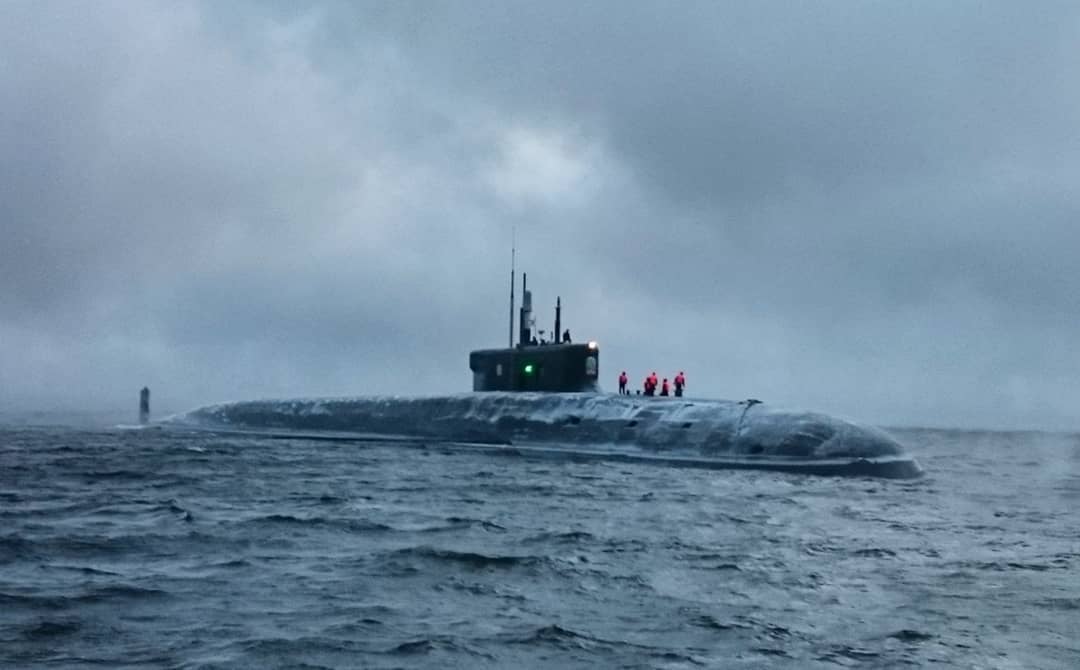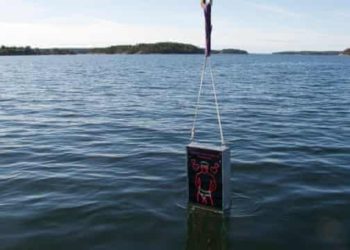Borei-A Class sub: K-549 Knyaz Vladimir. Last month, K-549 entered its last phase of sea trials and should subsequently be accepted into the Russian Pacific Fleet. Knyaz Vladimir will be the 4th Borei submarine to enter service with the Russian Navy. However, it will be the first of the Borei-A subclass (Improved Borei) to do so.
The three submarines of the Borei class currently active with the Pacific Fleet (K-535 Yury Dolgorukiy, K-550 Alexander Nevsky and K-551 Vladimir Monomakh) were all partly built using recycled hull sections of Akula class submarines whose construction was abandoned in the early 1990’s. K-549 Knyaz Vladimir, on the other hand, is the very first Borei submarine to be built from scratch. Four more Borei-A are currently under construction: Three for the pacific Fleet and one for the Northern Fleet. Options for 2 additional platforms does exist but need to be approved/confirmed.

The Borei Class was designed to replace the Typhoon and Delta classes of SSBN. K-535 Yuriy Dolgorukiy, the first submarine of its class, was launched in 2007. It was the first Russian strategic missile submarine to be launched since the end of the Cold War. It weights 14,720 tons surfaced and is 170 meters long. It is nuclear powered and is designed to carry 16 Bulava SLBMs (Submarine Launched Ballistic Missiles). The Borei is capable of speeds of up to 30 knots (56 km/h; 35 mph) submerged and is reported to be 5 times quieter than an Akula class submarine thanks to its hydrodynamic hull and pump jet propulsion system. Some sources claim the Borei is on par with a Virginia Class submarine, as far as acoustic signature goes. Others say it is quieter.
The Borei seems to be a good design and Western experts agree it is much quieter than previous generations of Soviet submarines. They are, however, not flawless: The USN has managed to identify some acoustic weaknesses for this platform. The main source of noise on a Borei comes from the Continuous Running Seamless Hydraulic Pumps operating onboard the vessels. They cannot be repaired or maintained. They should therefore be replaced at regular intervals (Every few months). Failure to do so makes them become noisy. It seems they are not changed on time every time, making the ships easier to detect. Other sources of noise forming the Borei’s accoustic signature come from the hydraulic system, which in general radiates a lot of noise during high demand times like during station keeping or maneuvering. The turbogenerators apparently have a bad harmonic vibration. And finally, the Boreis have a bad Hull Pop when changing depth. This might be a trait unwillingly borrowed from the Akula design, passed on to the Borei vessels using recycled Akula hull sections.

Some of those flaws might have been corrected with the Borei-A class: It has a modified hull to increase stability and manoeuvrability as well as new communication systems and Fire Control System. They have also reportedly been made even quieter across the board. Visually, the hull loses its “shoulders” around the conning tower and said tower is also modified. The Borei class ships will form the main Nuclear Deterrence force of the Russian Navy at sea. Most are (will be) based in the Pacific as this ocean is vast and ideal for a (SSBN) submarine to hide. Should they not manage to break out in the Pacific, the Boreis can in theory hide in the Sea of Okhotsk.The first new Russian design of a SSBN since the fall of the Soviet Union can be described as a potent submarine, much quieter than its predecessors, despite the fact the first three hulls have exhibited accoustic flaws. As for the Borei-A class vessels, we will have to wait a little longer to assess its strengths and flaws.










